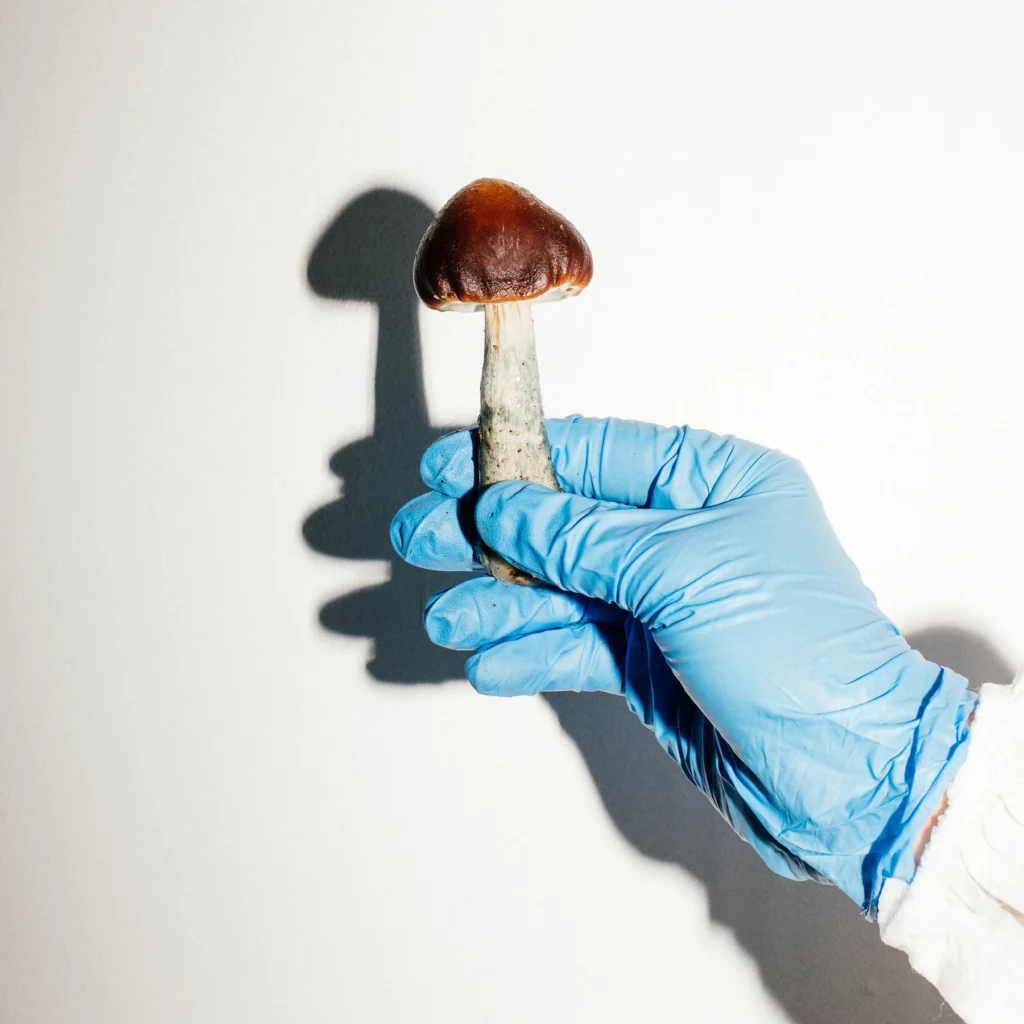How Psychedelic Mushrooms Evolved Their Magic
In a groundbreaking study, researchers have uncovered the strikingly divergent evolutionary paths of two mushroom species known for their production of psilocybin, the psychoactive compound responsible for their hallucinogenic effects. The two species, *Psilocybe cubensis* and *Psilocybe semilanceata*, have long been of interest to mycologists and psychonauts alike, but the recent research highlights that these fungi have developed their ability to synthesize psilocybin through remarkably different biochemical processes. This divergence not only sheds light on the evolutionary mechanisms at play in the fungal kingdom but also raises intriguing questions about the ecological roles and adaptive advantages of psilocybin production.
The study utilized advanced genomic sequencing techniques to analyze the genetic makeup of both mushroom species, revealing that while they both produce psilocybin, the genes and enzymes involved in its biosynthesis are not the same. For instance, *Psilocybe cubensis* employs a specific set of enzymes that are distinct from those used by *Psilocybe semilanceata*, suggesting that the two species may have developed their psilocybin pathways independently in response to different environmental pressures or ecological niches. This finding is particularly significant as it indicates that the evolution of psychoactive compounds can occur through various biochemical routes, challenging previously held assumptions that similar traits arise from a common evolutionary ancestor.
The implications of this research extend beyond the realm of mycology and into broader discussions about the role of psychedelics in both nature and human culture. Psilocybin has garnered attention for its potential therapeutic benefits in treating mental health conditions such as depression and PTSD. Understanding the evolutionary pathways of these mushrooms could lead to more sustainable methods of cultivating them for research and medicinal purposes. Additionally, the study provides insights into the complex interactions between fungi and their ecosystems, highlighting the importance of biodiversity in the development of novel compounds that could have significant implications for medicine and science. As researchers continue to explore the fascinating world of fungi, this study serves as a reminder of the intricate and often surprising ways in which life adapts and evolves.
Related articles:
– Link 1
– Link 2
Researchers were surprised to see how profoundly the two mushroom’s paths to making psilocybin diverged.
Eric
Eric is a seasoned journalist covering Health news.



